If you are teaching students in special ed, an autism classroom, or even in general ed, you have probably been face to face with some behaviors that need changing. I know I am nearly every day. If you aren’t using a token board or rewards chart, you are missing out on a very effective reinforcement tool.
First, a story about my son. He is a squirrely kid and has always had “behavior problems” ever since preschool. He is a smart student and is labeled GT, which is part of the problem. If he’s not challenged, he loses interest and starts to interrupt and talk too much.
When his teachers would finally reach their limit and contact me, I would remind them about the strategy I suggested on the first day of school.
“Ask him what he is working for.”
He always had something he could do or get when he came home with a sticker for being “good”. If his teacher took a moment to remind him about this at the point where he was starting to act out, he would get to work because he wanted what he was promised at home (like preferred dinner, electronics time, or extended time outside). Within a few days, they always got back to me raving about how it worked!
I know. It totally works. And I learned it in my Autism classroom.
How To Use It
The idea behind a token board is pretty simple. A student is working for something preferred.
You place the icon/words/picture of the item on the board as a visual reminder of the positive thing the student is trying to earn.
Then you reward them as they work towards their ‘working for’ item… It’s like getting paid for doing good (as opposed to naughty).
How Do Start Using It?
Once your student picks the board they like best, you will get to work printing, laminating, and choosing the preferred activities your student will work for.
Choose 3-5 items so there is always a choice, even if you know your student will always choose one more than others.
Add Velcro on the front for the tokens to go as well as for the ‘working for’ item and then, on the back, Velcro all the choices for rewards a student may have.
Once you have the board all prepped, it is time to introduce it. It may look something like this:
How to Steps for Using a Token Board
- Ask the student what they are working for
- You set your expectations
- Reward student with a token paired with verbal praise
- Pay student with their ‘working for’ when they have earned all their tokens
Bonus Tips on Using a Token Board
#1 Tip: The board giveth, it doesn’t taketh away. Imagine if you had a job and you worked all week… then Friday the boss was like “I didn’t like how you did something today, so I am not paying you this week.” I can only imagine what behaviors I would have. Same goes when you are using a token board. Once you give a token, you cannot take it away. Once a student earns a reward, you cannot change your mind.
Sometimes it happens that you give a student a token for meeting your expectations, then they have a negative behavior right after. You want to take the token, but don’t. Instead, give a bonus token for exhibiting the right behavior soon thereafter or add/change how you cover your expectations with the student.
#2 Tip: Always pair the token with verbal praise where you state the behavior that is earning them the token. For example, you may give a token while saying “Great job getting your problems done” or “Good work, here is your token” or “Thank you for working with a quiet voice”. All these options really reinforce the positive behaviors that earn rewards.
Where to Find Great Token Boards
If you haven’t been won over to start using a token system or reward chart with students yet, then do yourself a favor and just put a board together to keep in case.
If you are here, then ‘in case’ will happen sooner or later and you will have the visual behavior tool perfect for addressing it!
The token board printable resource is a great digital resource for teachers who work in SpEd or with students who have Autism. The digital download has tons of versions to customize just what you need for students. There are 7 Token Board formats with 26 different versions and 67 different token icons with high interest themes like Star Wars, Minions, Superheros, Mario, and more. Also, there are 30 Rule Icons for the Rule Token Boards as well as 20 ‘working for’ icons to round out the set. Literally, everything you need to customize a token board and reward system for every student in your classroom!
Stay Strong and Teach On!
Commonly Asked Questions about TOKEN BOARDS:
What is a token board template?
A token board template is a printable or digital tool that creates a visual representation of a token economy system. It is a powerful tool for promoting good behavior and can be used in special education classrooms and early intervention programs.
What is a token economy?
A token economy is a behavior modification tool that uses tokens as a form of currency to reward desired behavior. The tokens can be exchanged for a reward, such as a tasty treat or a chance to play a board game. Token economies can be used at an individual level or class wide.
What are some examples of printable token boards?
Some examples of printable token board templates include choice boards, visual reward menus, and reward charts with smiley faces.
How does a token system work?
In a token system, students receive tokens for exhibiting the desired behavior. The tokens can be affixed to a board with Velcro dots or marked on a dry-erase board with a whiteboard marker. Students can then trade the tokens for a reward.
How can a token board be used as a powerful tool for behavior modification?
A token board is a great way to encourage desired behavior and discourage negative behaviors. By providing an immediate reward for good behavior, students are more likely to repeat the desired behavior. That makes it a great resource for dealing with challenging behaviors in the classroom. To make the most effective token board, use a preference assessment to determine the visual reward menu that a student will respond to.
How many tokens are typically used on a board?
The number of tokens on a board can vary depending on the student’s skill level and attention span. Some students may only need three to five tokens, while others may require ten or more. Here is the most versatile token board from Noodle Nook where there are 3, 5, and 10 token boards as well a variety of icons to make different token boards themed for a student.
How can a teacher make a printable token board?
There are many free resources available online for creating printable token boards with a variety of themes, such as unicorns, paw patrol, or video and board games. Teachers can also create their own token board templates using picture cards or reinforcer pictures. Check out free token boards in this blog post.
Can token boards be used on a student’s desk?
Yes, a token board can be placed on a students desk to provide a visual reminder of the desired behavior and reward. If a student works in a designated workspace, then consider having one affixed to the desk and another more portable reward chart to use out of the classroom or in transitions.
Can parents use token boards at home?
Yes, parents can use token boards at home to help reinforce good behavior and promote life skills, such as completing chores or practicing fine motor skills. Fun fact, token boards work anywhere and with children who do not have autism spectrum disorder. If a parent has a child with a very short attention span, then this visual reward system is a game changer as a general behavior tool.


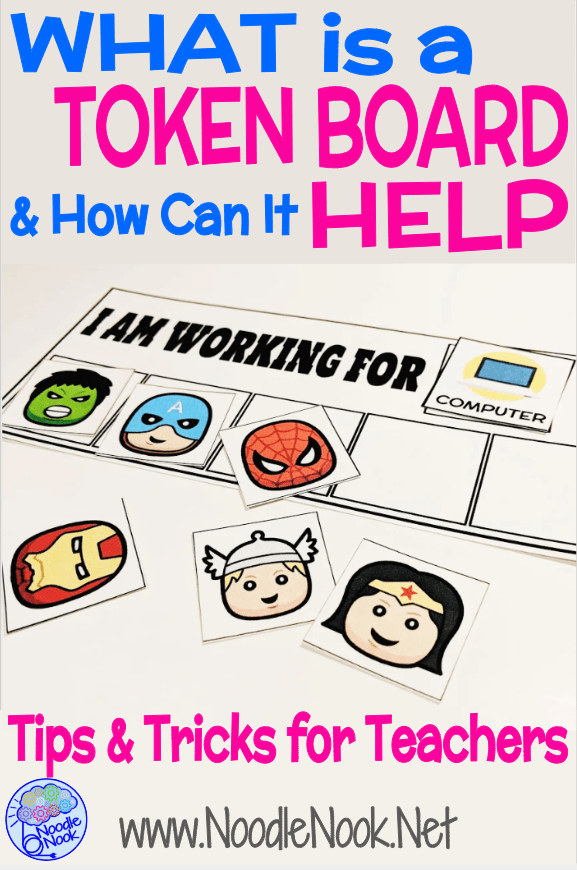
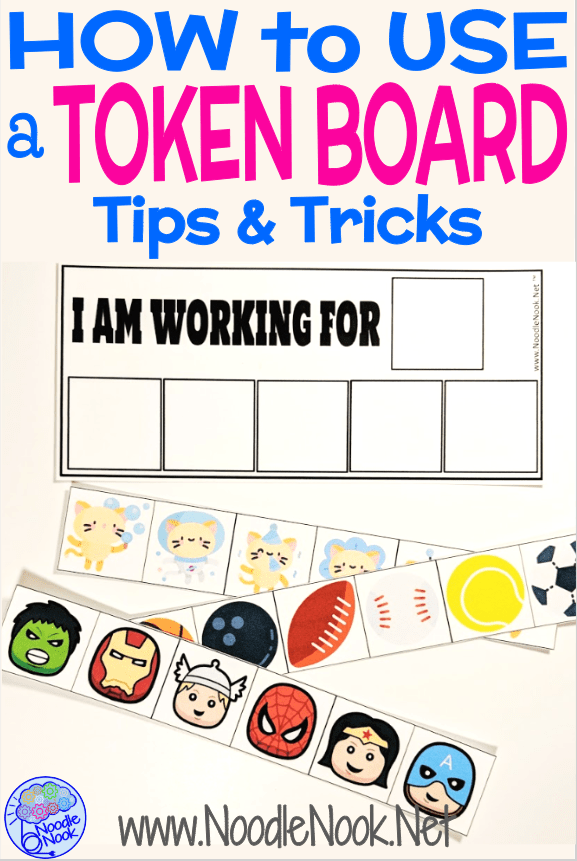
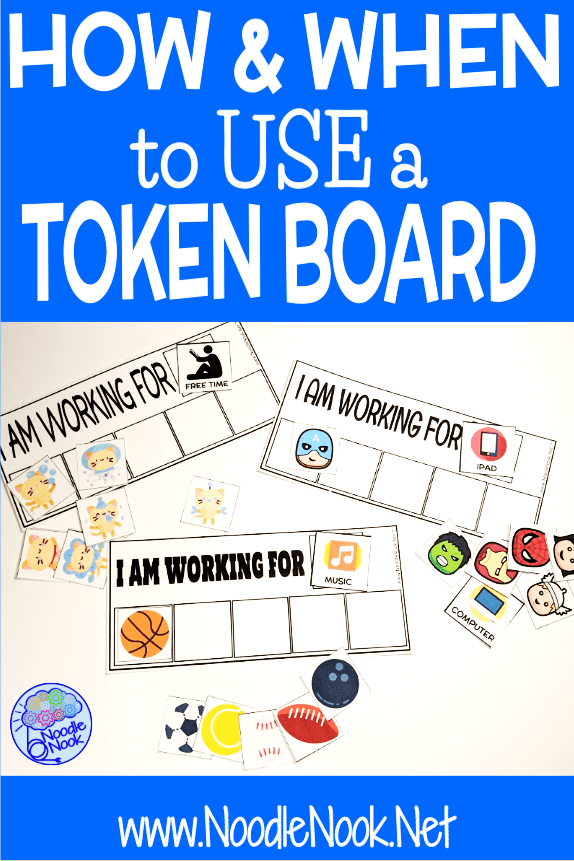
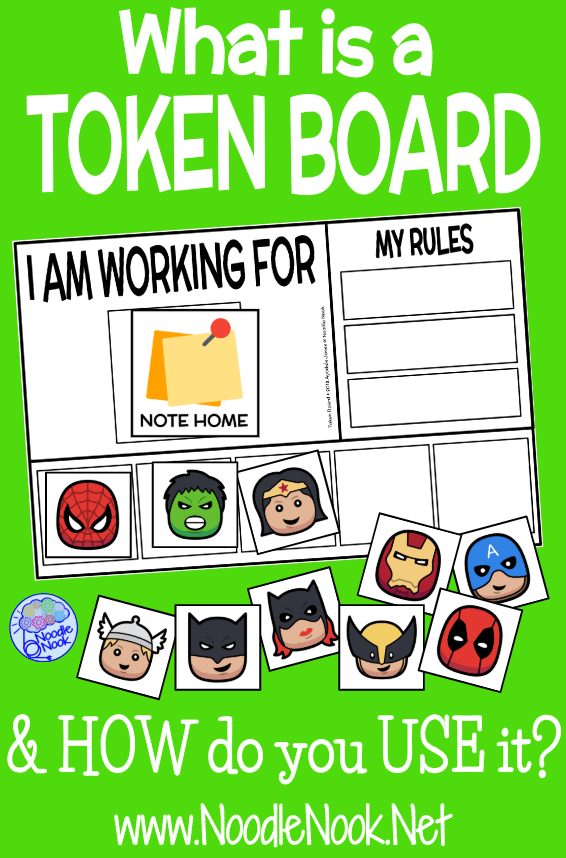
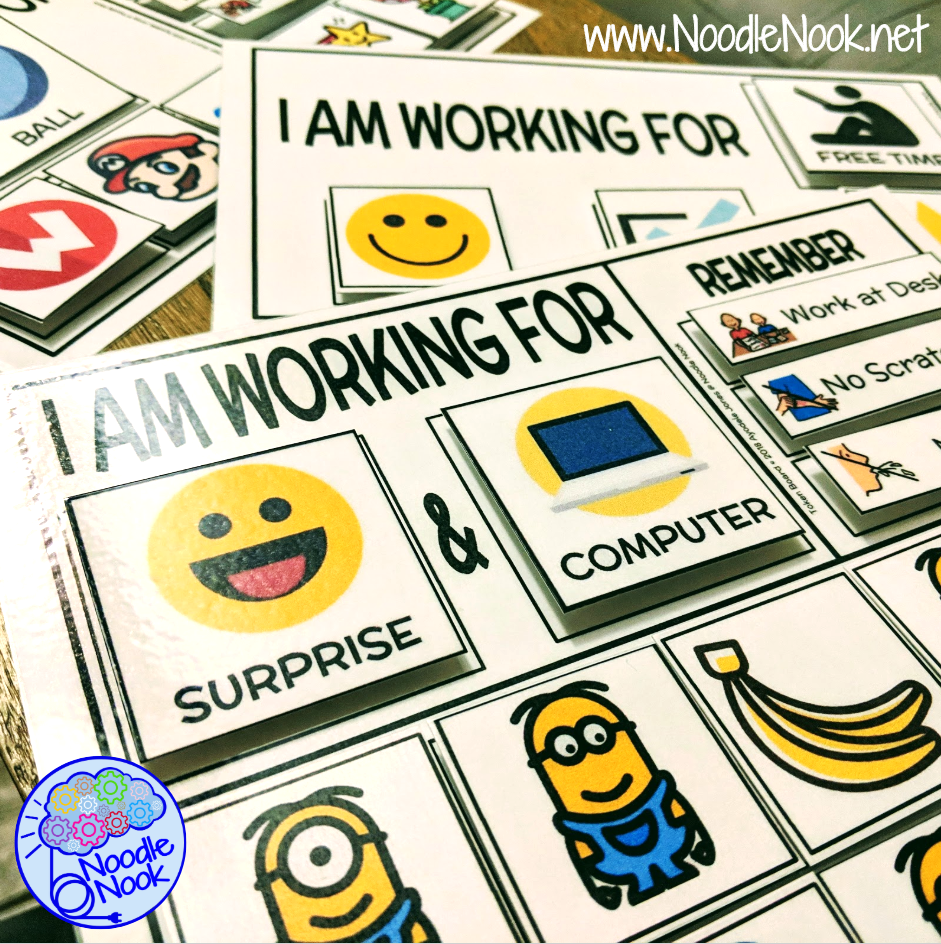

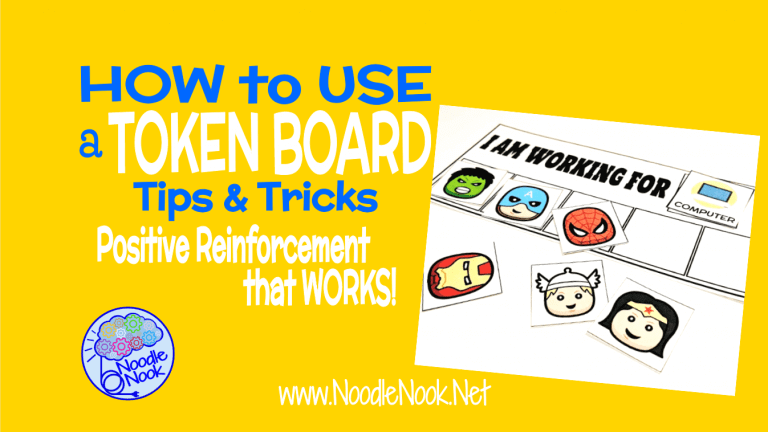
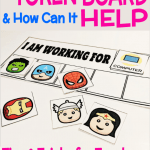
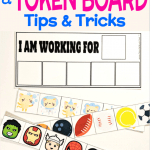
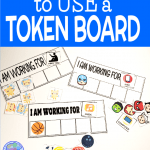
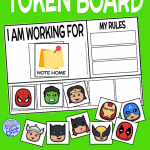
Pingback: Special Ed Teacher Interview Questions & Tips for Success | Noodle Nook
Pingback: Special Ed Classroom Setup Ideas | NoodleNook.Net
Comments are closed.